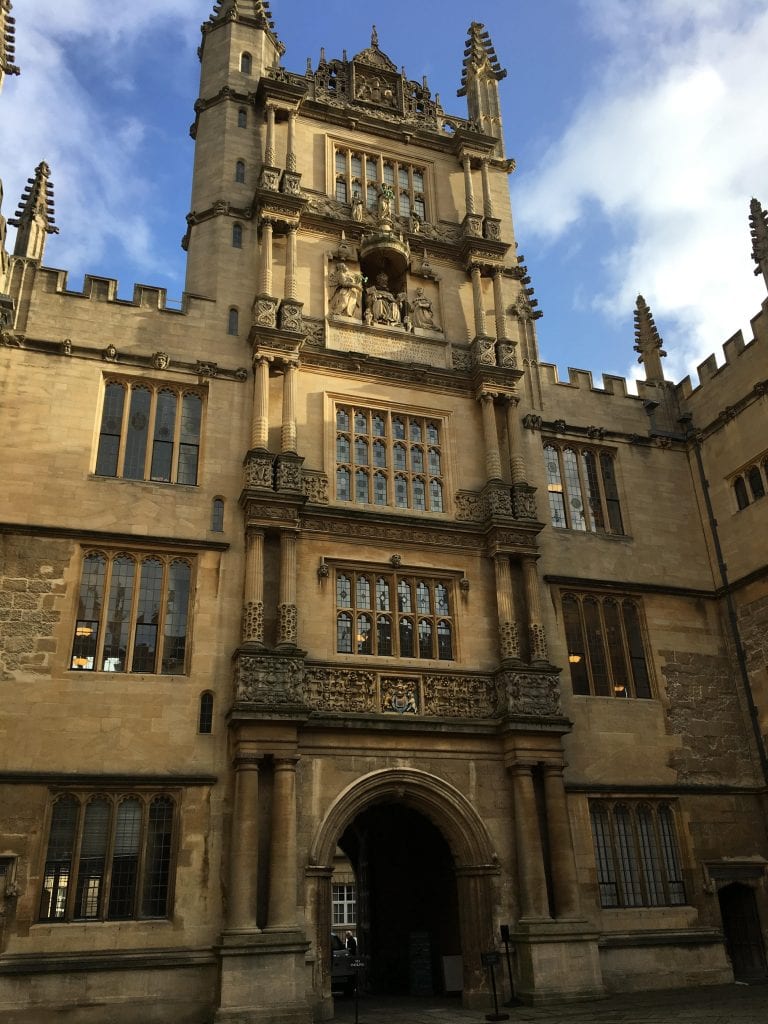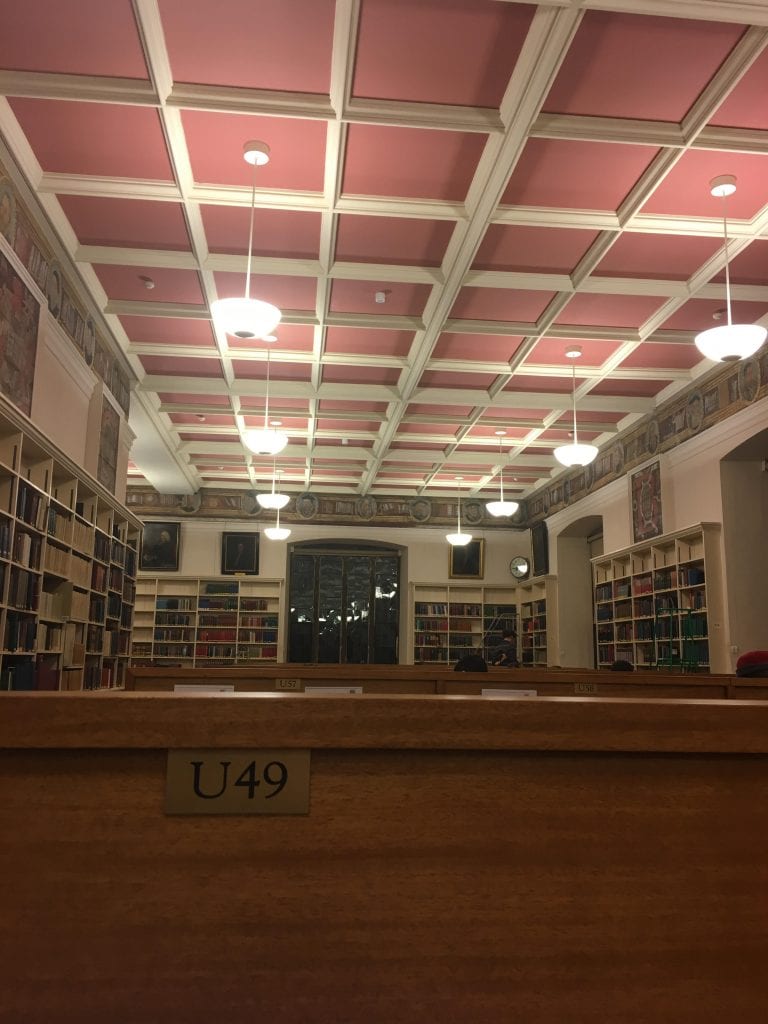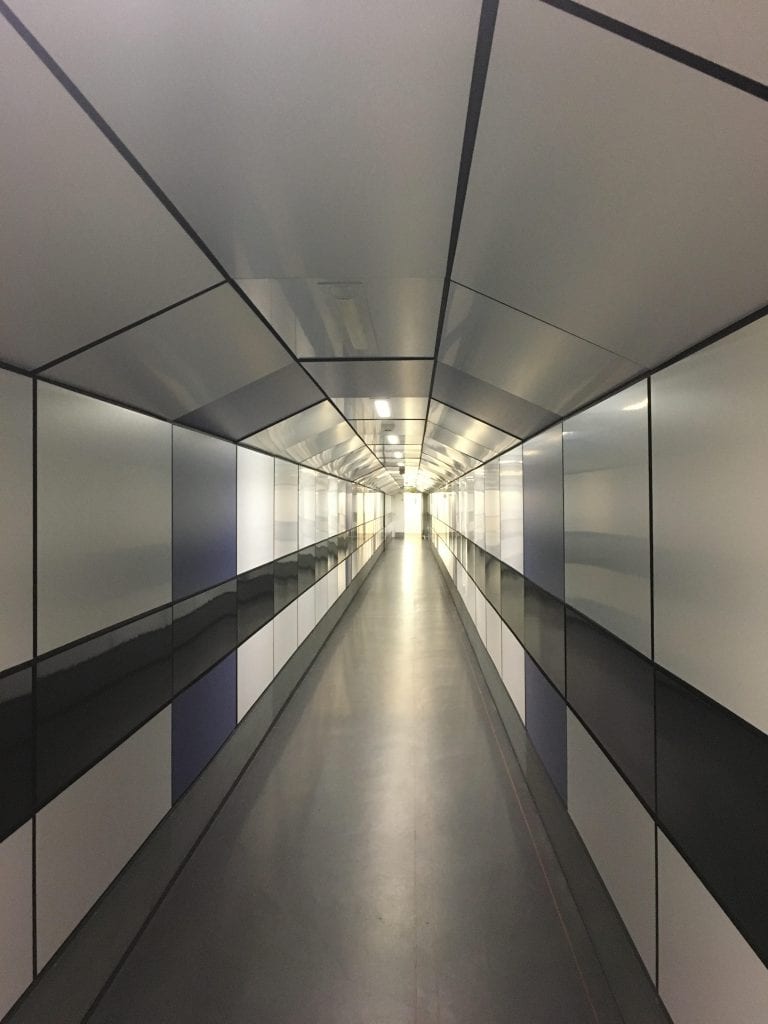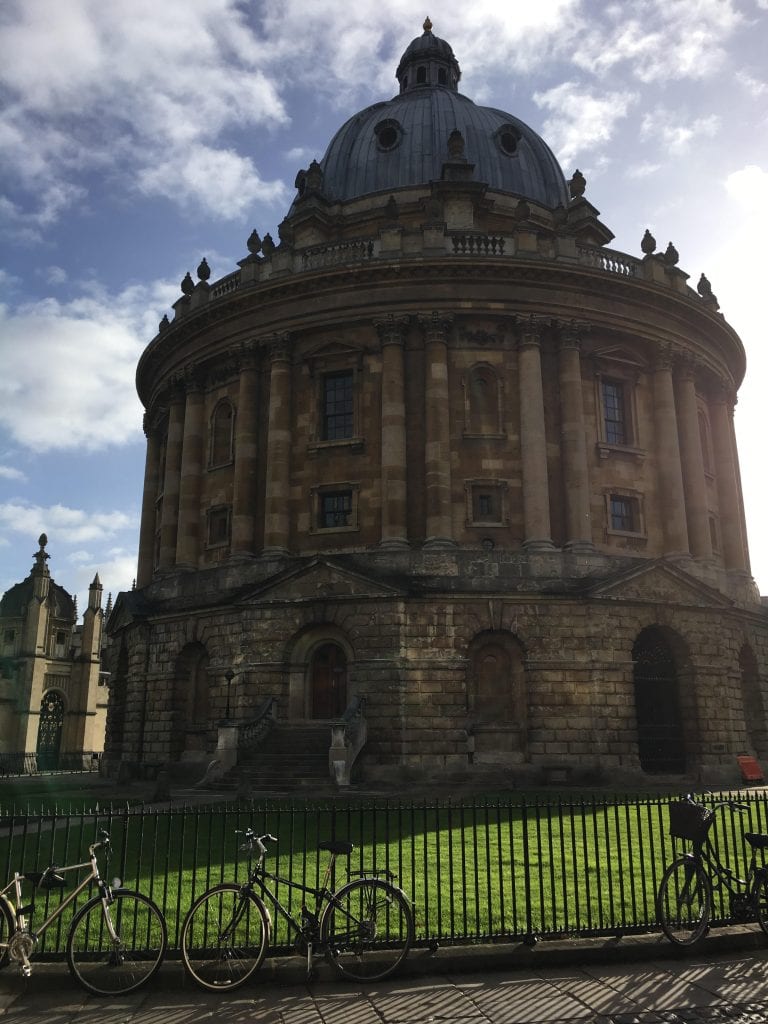By maxleo43
My last week has truly been a whirlwind. I arrived in Shanghai on Saturday by high speed train and met up with the other students in the Global Bachelors students. Besides the seven classes that we had together last semester, and a handful of meetings, we were all mostly strangers to each other. At the same time, we all became fast friends and ended up spending a lot of time together. Together, we explored the city, going to museums, visiting landmarks, and eating an excessive number of dumplings. Through all of these, we made several observations about Shanghainese culture. Here they are:
- Health is treated much differently here. You rarely see people running and when there is the option of taking the stairs or the escalator, everyone will choose the escalator. Gyms are too expensive for most people to afford ($150+ per month). Despite a culture that doesn’t seem to specifically exercise, nearly everyone is thin and eats well. Most meals consist heavily of rice and vegetables and will often include meat. The people value health, but have a different approach than the U.S.
- The contrast between the rich and poor is truly stark. I was walking to dinner the other night and was in an area that did not appear to be particularly nice. While most of the buildings appeared to be rather rundown, one of them looked brand new. In front, there was easily $5 million worth of ultra-luxury sports cars. There is an incredible amount of wealth here, but there are also people who are homeless.
- The city is so clean. In my last blog post, I compared it to New York City. Shanghai is unbelievably clean for how big it is. There are constantly street sweepers driving down the street. The Chinese government also pays people to sweep the streets. As a result, you rarely see trash or even dirt, despite the age of the streets.
- It’s hard to find people who speak English. I kept hearing how everyone hear will speak English and I won’t have any problem not knowing Chinese. While I have been able to get by, very few people speak any English, let alone good English. Most people working in retail or at nice restaurants will speak English, but other than this it is pretty hard to find anyone. As a result, picture menus have saved my life another time. I’ve also been relying on my roommate pretty hard since he speaks fluent Chinese.
- Things don’t always make sense, but it works out. For example, classes start at Fudan tomorrow at 8 AM, yet we don’t register for classes until tomorrow at 1 PM. I’m not sure why we can’t register yet, but I know that it will be okay. Things may seem stressful, but in the end, I will have a schedule full of classes and everything will be okay, because it always is.







